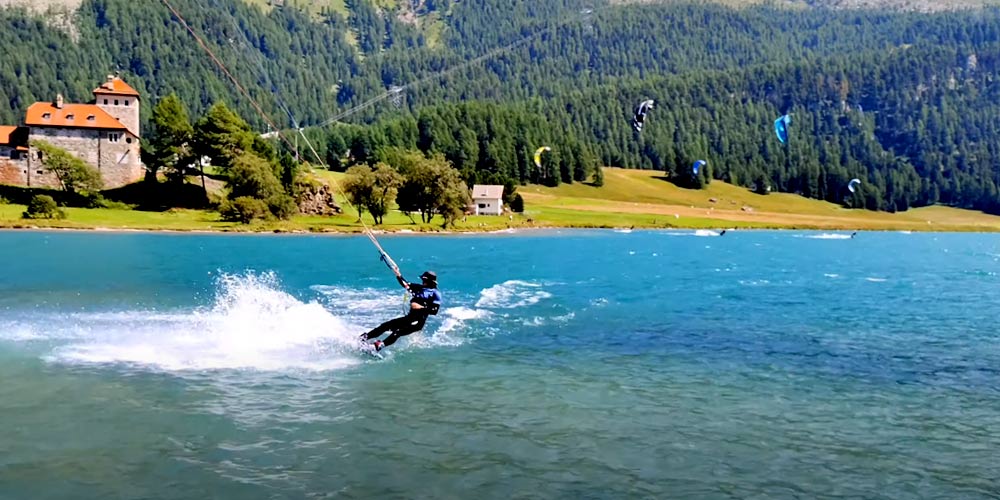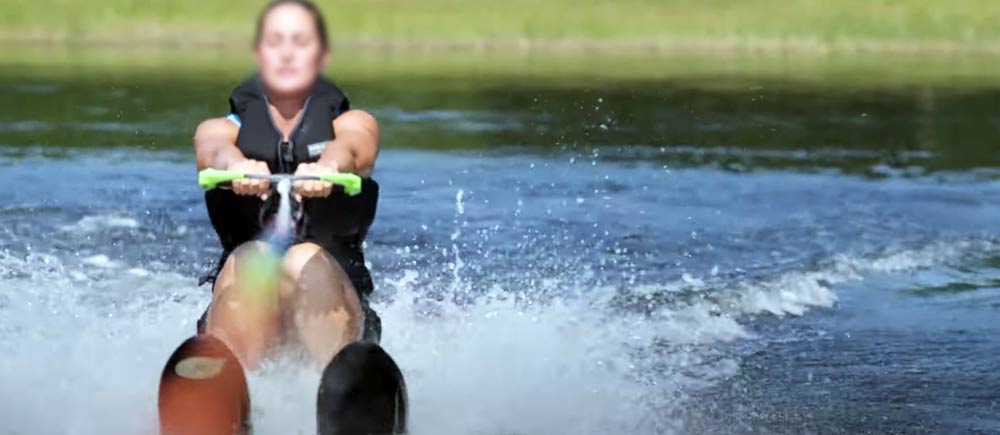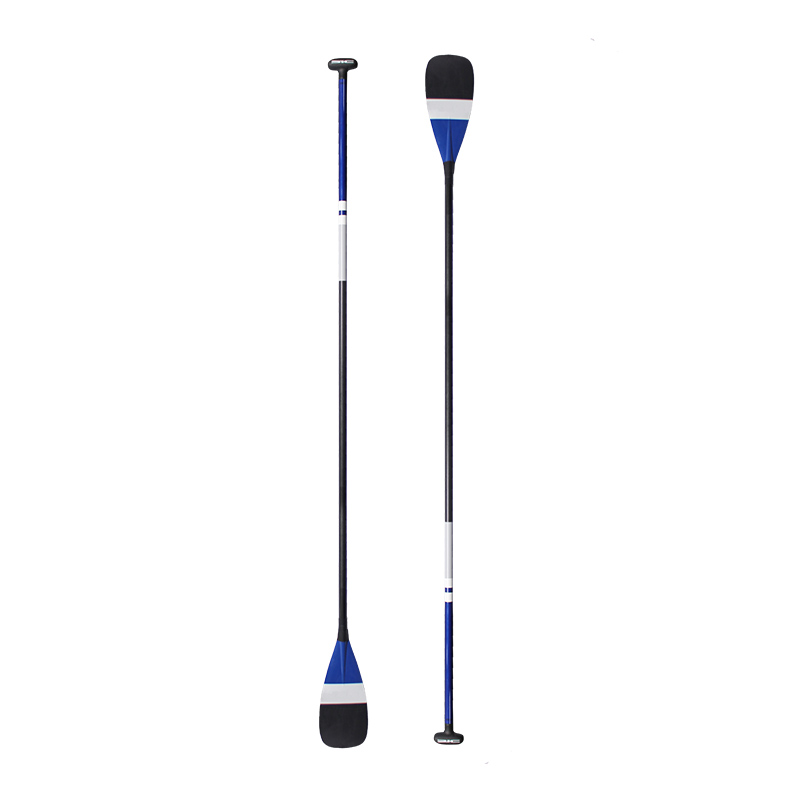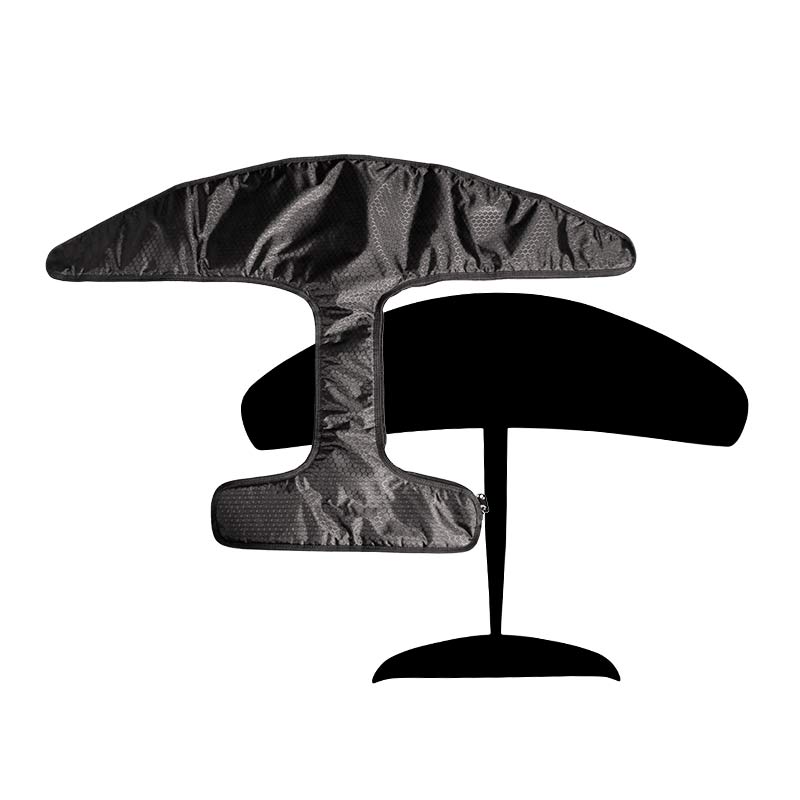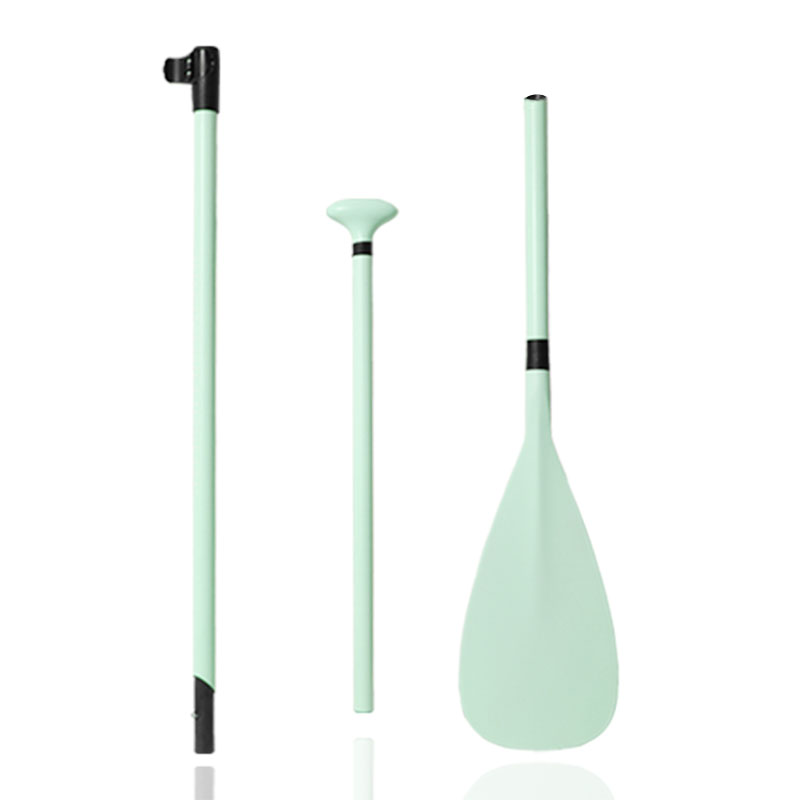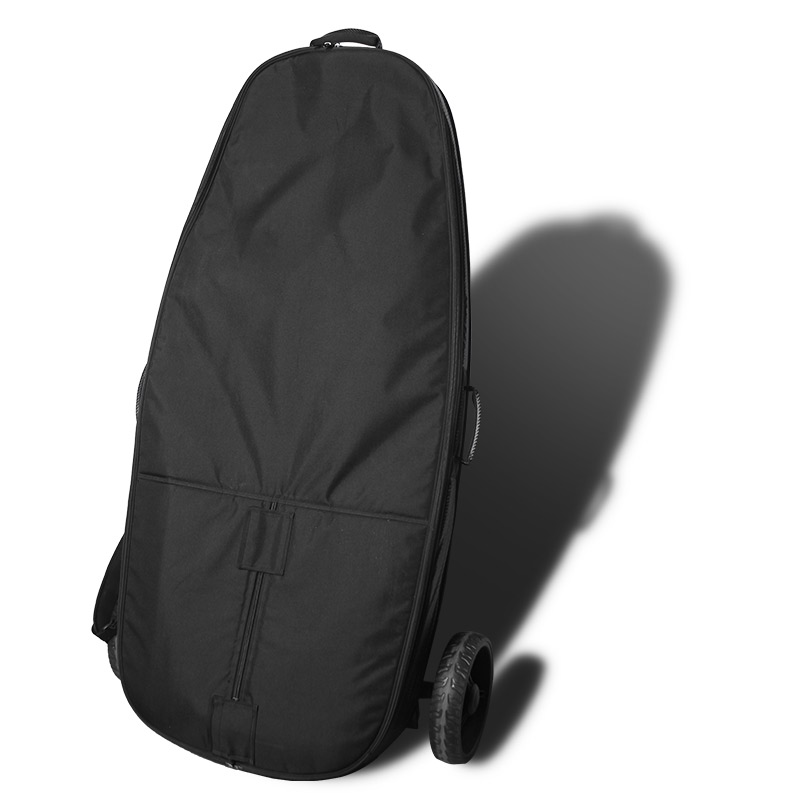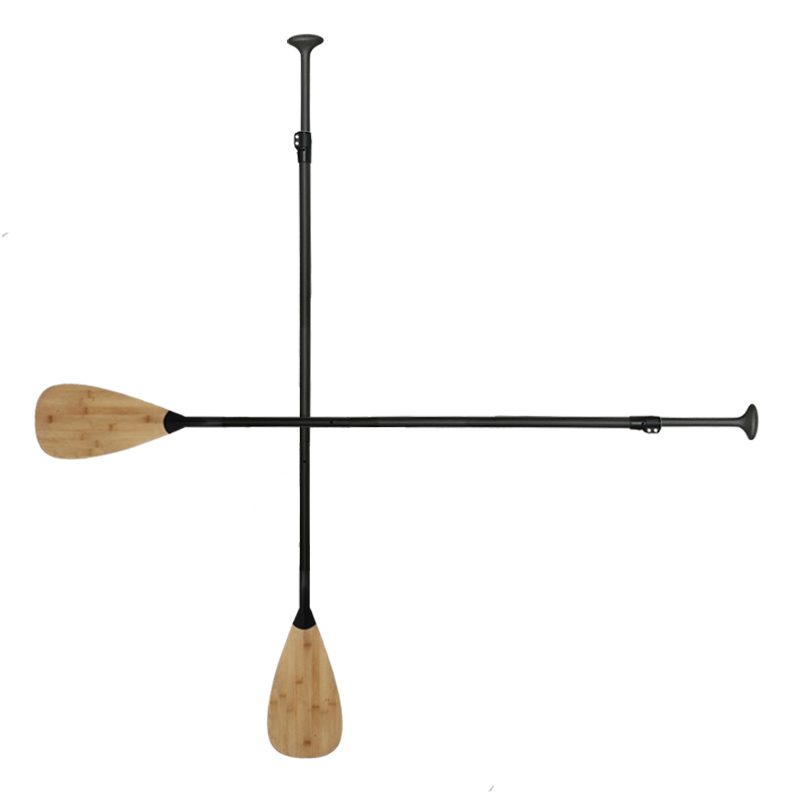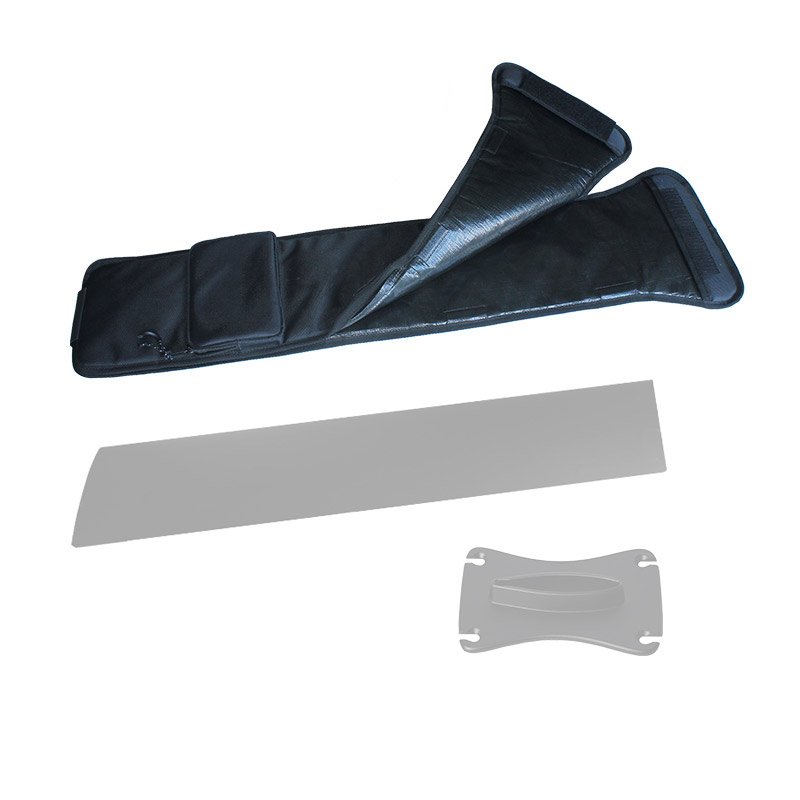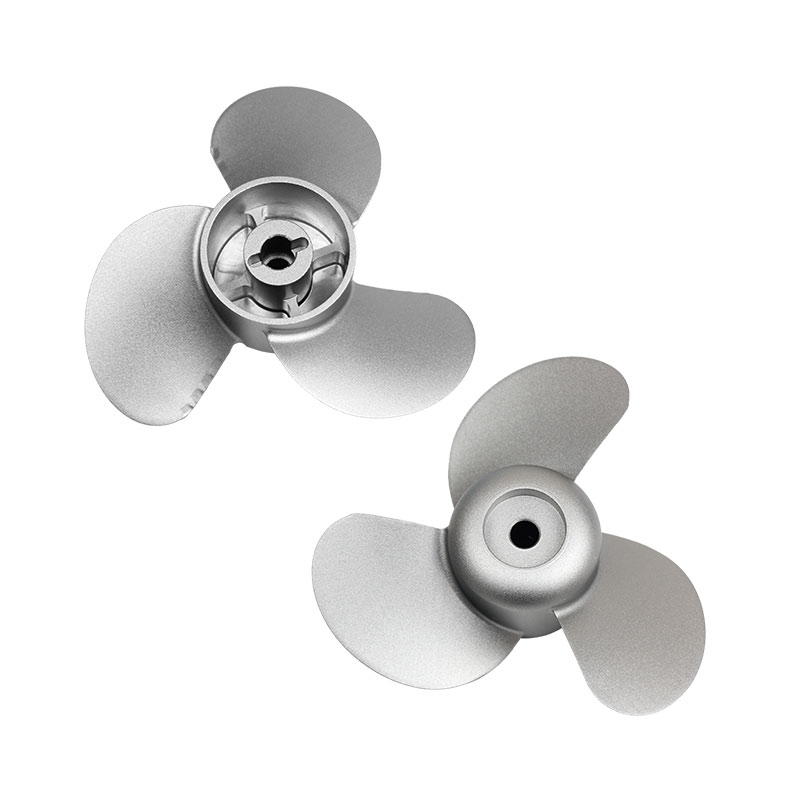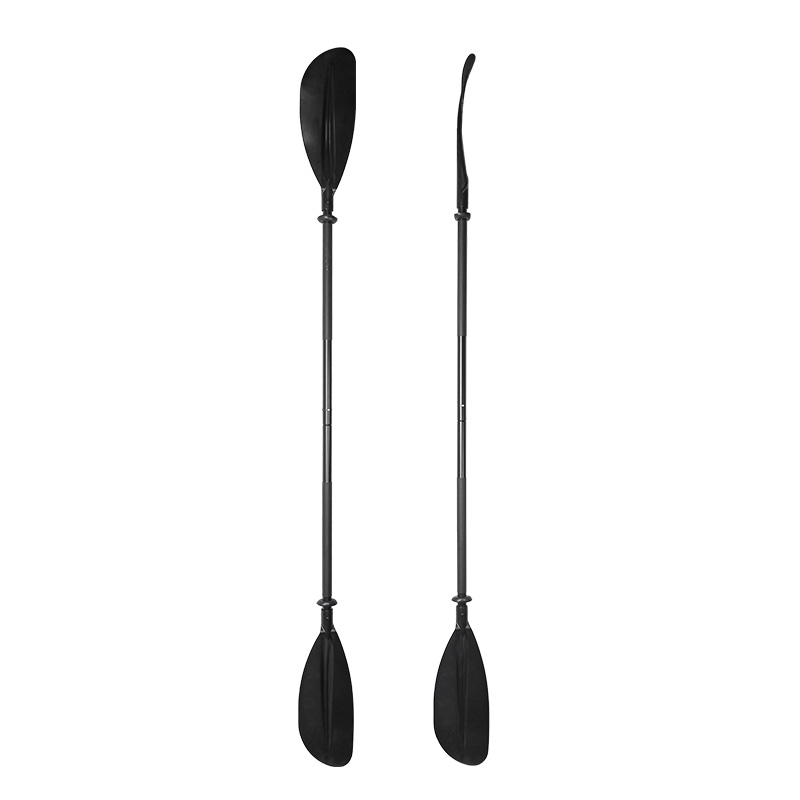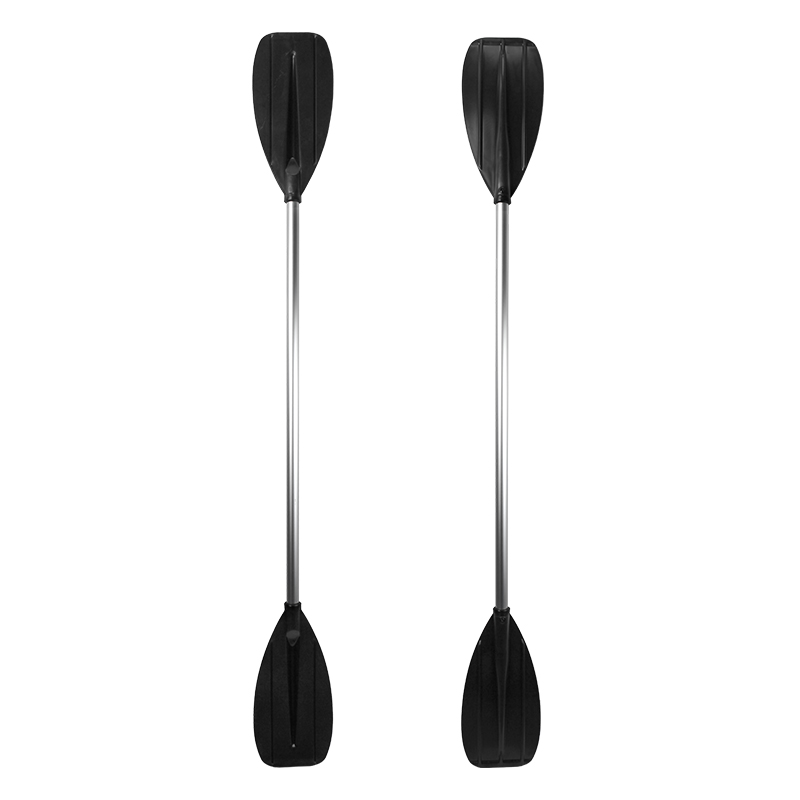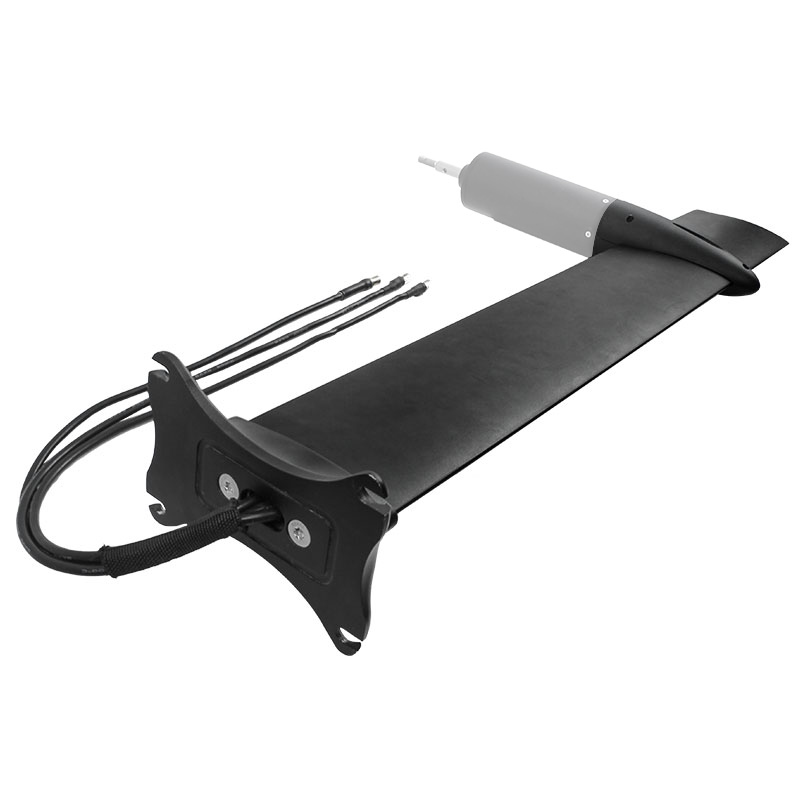Kitesurf Sport is a challenging and exhilarating water sport that combines elements of kite flying and surfing. Often hailed as one of the ultimate extreme sports on water, it originated from the creativity and daring of surfers in Hawaii. Over the years, kitesurfing has evolved into a popular activity on beaches worldwide. In this article, we will explore the origins, necessary equipment, safety considerations, and common questions surrounding kitesurfing to give you a better understanding of this exciting and fun-filled sport.

1. Origins of Kitesurfing
Kitesurf Sport traces its roots back to the 1980s in Hawaii, where adventurous surfers began experimenting with using kites to propel themselves across the waves. As technology improved and the sport gained traction, it attracted more surfers and extreme sports enthusiasts. Today, kitesurfing is a globally recognized extreme sport, even earning its place in the Olympic Games.
Evolution of the Sport
Kitesurf Sport has come a long way since its early days. Innovations in kite design, safety systems, and board technology have made the sport more accessible and safer for enthusiasts of all levels. Today, kitesurfing is not just about speed and big jumps; it has diversified into various disciplines like freestyle, wave riding, and racing. This diversity allows participants to explore different aspects of the sport and find their own niche.
2. Kitesurf Sport Equipment
For beginners, choosing the right kitesurfing equipment can be daunting. Here’s a brief overview of the essential gear to help you make informed decisions when purchasing your first kitesurfing setup. If you are interested to looking the kitesurf sport products, welcome to contact us, thank you.
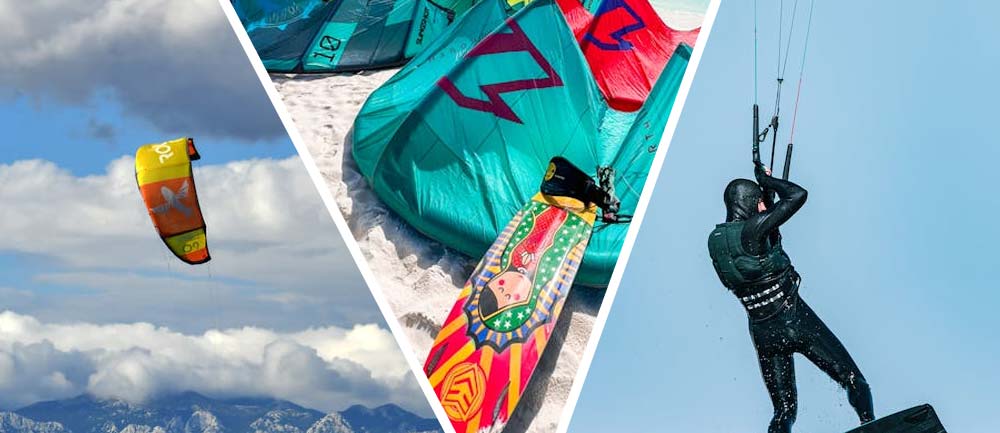
2.1 Kite
The kite is the most crucial piece of equipment in kitesurfing. Typically, an inflatable kite made of lightweight, durable materials is used, offering excellent lift and stability. The size and model of the kite vary based on the rider’s weight, wind conditions, and wave height. Selecting the right kite is essential for both performance and safety. Advanced kites now feature multiple safety systems, making it easier to depower the kite in strong winds or during emergencies.
2.2 Kitesurfing Board
The board is another vital component, designed to provide sufficient buoyancy and stability. Kitesurfing boards are generally longer and wider than traditional surfboards, made from materials like fiberglass-reinforced plastic or carbon fiber composites. These materials ensure the board is lightweight yet robust enough to withstand the impact of waves and the force of the kite. For those new to the sport, a board with a larger surface area can offer more stability and make learning easier.
2.3 Safety Gear
Safety is paramount in kitesurfing. In addition to a life jacket and helmet, kitesurfers should wear a wetsuit and protective gear to shield themselves from the elements and potential injuries. Modern kites are equipped with quick-release systems that allow the rider to instantly depower the kite in case of danger. Additionally, a safety leash is used to prevent the kite from drifting away after being released.
3. Additional Considerations
Below are some important safety tips and other considerations for those interested in Kitesurf Sport:
Marine Environment
Before venturing out, kitesurfers must thoroughly understand the marine environment, including wind conditions, wave height, and tides. Surfing in familiar waters and suitable weather conditions helps reduce the risk of accidents.
Respecting Water Traffic
Kitesurfing requires a large area to maneuver, so it’s crucial to avoid crowded swimming areas and other water sports enthusiasts to prevent collisions.
Rescue Skills
Given the high-risk nature of kitesurfing, riders should be equipped with basic self-rescue and rescue skills to handle emergencies effectively.
4. Kitesurf Sport FAQ

Q1: Are there any physical requirements for kitesurfing?
Kitesurfing is accessible to people of all ages and fitness levels, though individuals with serious medical conditions should consult a doctor before participating. While good physical fitness can be beneficial, especially as you progress to advanced tricks and jumps, the entry-level aspects of kitesurfing are designed to be manageable, and instructors often tailor lessons to the student’s physical capabilities.
Q2: Is there an age limit for kitesurfing?
Typically, children aged nine and above, who possess good judgment and reaction skills, can start learning kitesurfing. There is no upper age limit, and kitesurfers from 9 to over 70 years old actively participate in the sport. Age can bring wisdom, helping older participants learn and enjoy the sport more safely. For instance, former U.S. President Barack Obama took up kitesurfing after retiring, and Sir Richard Branson, founder of Virgin Group, is an avid kitesurfer who practices on his private island, Necker Island.
Q3: Is kitesurf sport dangerous?
The primary dangers in Kitesurf Sport stem from reckless and uninformed behavior. While it’s an extreme sport, following proper guidelines and training significantly reduces risks. Kitesurfing instructors teach students how to enjoy the sport safely, including rules of navigation and emergency procedures. As long as you learn from a reputable school and use appropriate gear, kitesurfing can be safely enjoyed by all. Avoid self-teaching, using counterfeit equipment, or going out alone, as these significantly increase the risks.
Q4: Can you get certified in Kitesurf Sport?
Yes, certification is available. The International Kiteboarding Organization (IKO) offers a globally recognized certification system that covers levels from beginner to instructor and beyond.
Q5: Can kitesurfing be self-taught?
Kitesurfing is not recommended as a self-taught sport due to its complexity and potential dangers. Even learning from an experienced kitesurfer who is not a certified instructor can be risky. The time and equipment costs of self-teaching often outweigh the cost of professional lessons, and improper techniques learned early can be difficult to correct later. Many who attempt self-teaching either quit the sport due to injuries or develop poor techniques that limit their progress.

Conclusion
Kitesurf Sport is a thrilling extreme sport that blends the excitement of kite flying with the challenge of surfing. While it requires a strong foundation of skills and knowledge, kitesurfing offers a unique way to enjoy the ocean’s power and beauty. With the right preparation and a focus on safety, Kitesurf Sport can be a rewarding and exhilarating experience for anyone willing to take on the challenge.

